The Azores with Nikon’s D500 by Don Silcock
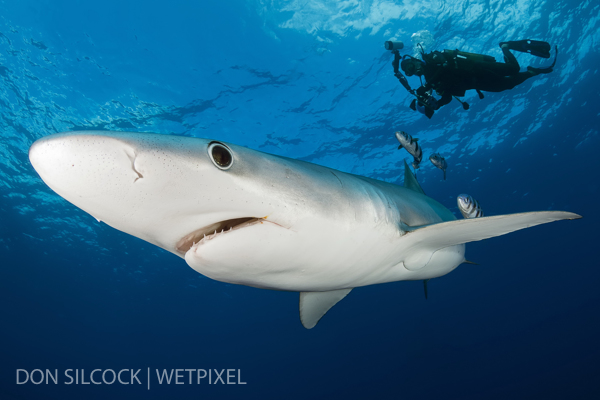
Three Weeks in the Azores with Nikon’s D500
By Don Silcock
Introduction
Quite why Nikon never released a D400 follow-up to the highly successful D300 “prosumer” DSLR will probably never be known for sure, but the internet forums have lots of theories…
For what it is worth, my opinion is that a D400 never saw the light of day is because Nikon had a carefully calibrated strategy to get as many photographers to embrace it’s full-frame FX cameras before it replaced the D300.
Nikon has a long history of releasing slimmed down versions of their top of the range professional cameras and in the film days that was personified by the F100, which had much of the technology from the pro-version F5, but in a smaller body and at a much lower price point.
The DX (APS-C) format D300 played that role to the full-frame FX format D3 and was a move that proved to be very successful for Nikon – so when the D4 was released in January 2012 it was widely expected that a DX format D400 would follow. But it didn’t and instead Nikon iterated the D7000 series and positioned them as it’s top of the range DX camera.
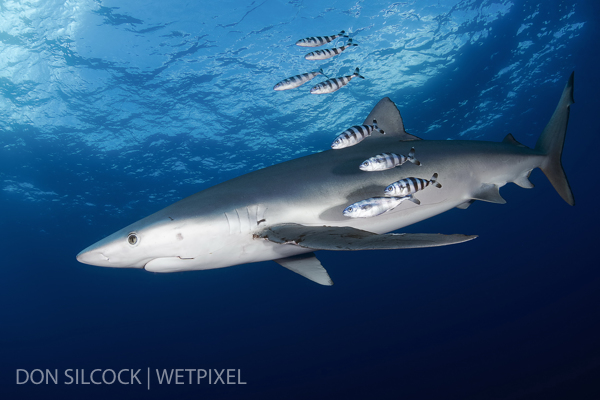
Initially most people thought that this was just a marketing move, but as the years went by and the D7200 was released, fixing many of the flaws in the earlier versions it looked like Nikon was really serious…
Then in January this year Nikon surprised all and sundry when it released the D5 together with the D500 – just like they had with the D3 and D300 back in 2007!
Looking back, it seems pretty obvious that the non-appearance of the D400 was a tactical move to persuade the Nikon faithful that the future of the DX format was limited and the way to photographic nirvana was down the full-frame FX path.
Nikon carefully led us down that path by releasing numerous new and very nice full-frame lenses, but only released a few consumer grade DX lenses.
Like many others I took the bait and ended up with a 36MP D800 plus a collection of those new lenses – which were required to get the most out of the high-resolution sensor….
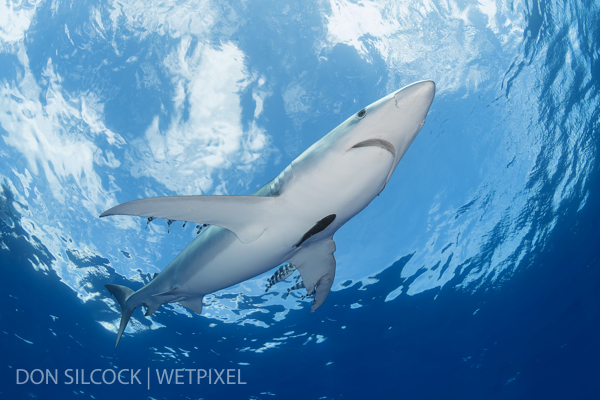
The D500 for Underwater Photography
The D500 has been reviewed extensively by people far more qualified than I am to explain and analyze its extensive feature set. I read every review I could find before deciding to move back to a DX based sensor, but basically that decision was based on two key features of the D500 – autofocus and buffer capacity…
Over the years I have come to place a great deal of trust in Thom Hogan and his well-known website www.bythom.com. He can be a bit cantankerous at times, but always says it like it is and is not sponsored in any way by Nikon – quite the contrary actually, and I am sure they would be very happy if he retired and quietly disappeared in to the ether!
Thom Hogan was very complimentary overall about the D500 in his review and formal guide to the camera, but he also pointed out for the majority of non-professional photographers the D7200 does everything they need extremely well at a fraction of the price.
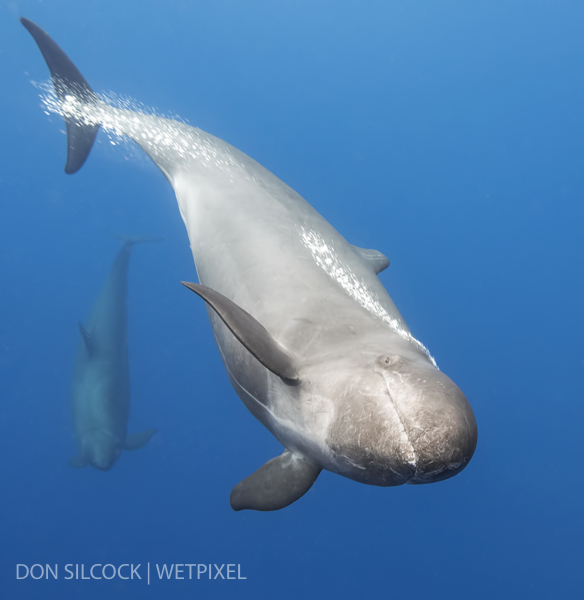
My personal desire for better autofocus and buffer speed developed slowly over the last couple of years after I started signing up for “big animal” type trips instead of the more traditional dive resort and liveaboard trips I had been doing for many years.
It came to a head in Tonga last year where the humpback whale encounters could be fleeting, very exciting and incredibly intense! The auto-focus on the D800 did a reasonable job, but the buffer was just not up to it and I had to try and pump the shutter release in bursts so that it did not grind to a halt just as the action reached its most intense…
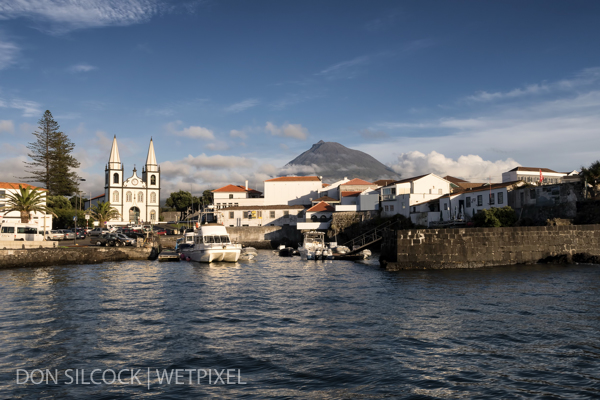
My “big trip” for this year was three weeks in the Azores where I would have the chance to swim (under a special permit) with sperm whales, false killer whales and pilot whales plus dive with blue sharks, oceanic mantas and mobulas.
So I pressed go and, with the combined assistance of Reef Photo and Video in Florida and Scubapix in Cairns, I left for the Azores in September with a new D500 and one of the first Nauticam NA-D500 housings that came out of the factory!
Lenses…
Having used either the Nikon D700 or D800 underwater for about 6 years I had firmly settled on the Sigma 15mm and Nikon 16mm fisheyes, sometimes with a Kenko 1.4 extension ring, plus the Nikon 16-35mm rectilinear zoom – all used behind a Zen 230mm dome.
The fisheyes always performed well and the 16-35 was sharp in the center, but suffered from the well-documented corner softness.
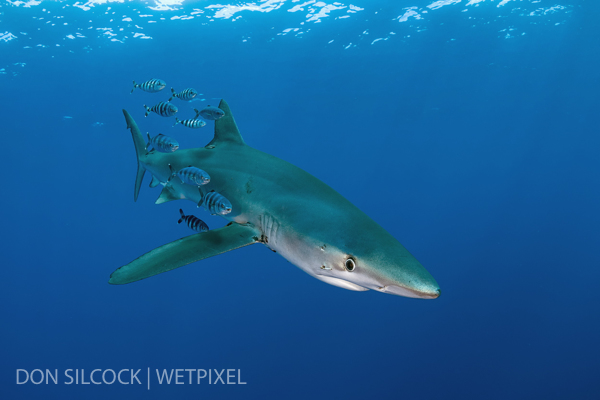
For the Azores I decided on the Tokina 10-17 fisheye zoom and a borrowed Tokina 11-16 rectilinear zoom, the Kenko 1.4 plus Zen 100mm and 230mm domes.
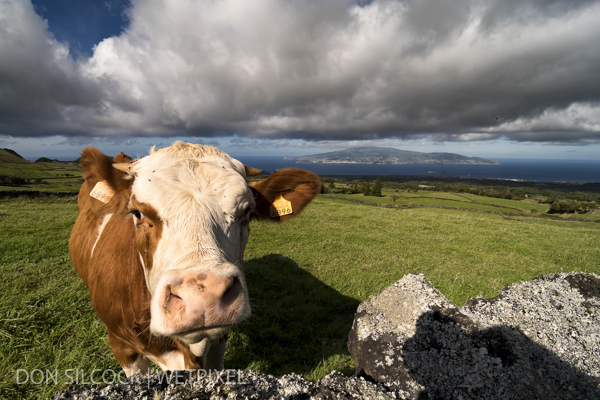
My intention was to fully test all the combinations in the Azores, but wild animals are exactly that and they have no set script so I failed on that plan, but was still able to form some clear impressions which I hope will help other underwater photographers contemplating a D500.
Nauticam Housing
The NA-D500 housing is the fourth Nauticam housing I have owned over the last four years (the others were for the D800, OM-D EM5 and OM-D EM1) and prior to that switch I used Subal housings for many years.
I only really have a few words to say about the NA-D500 housing and they are that it works, well… just like the other Nauticam housings I have owned.
Nauticam housings don’t have the cachet of the high-end European housings like Seacam and Subal, but they also don’t have the price tag either and in my opinion offer good value for money, seem well supported and have some great accessories.
PS…. I bought my own!
That Auto-Focus System…
The auto-focus system in the D500 is the same as the one on the D5, which it is state of the art and widely regarded as the best that Nikon has ever produced and possibly the best any manufacturer has made.
However, with the D500 the big deal is that the 153 small phase detection sensors from the D5 are used on a smaller sensor and so virtually all the frame is covered.
Of those 153 sensors, 99 have cross-point functionality, so they can detect changes in both the horizontal and vertical axis. Add in a dedicated CPU and you have an incredibly fast and accurate auto-focus capability that is capable of 10 frames per second with a buffer of 200 shots when used with a high-performance XQD memory card.
In the Water
My three weeks in the Azores was basically split in to two parts with the first half dedicated to snorkeling with the large mammals that can be found there and the second half was all about diving the local sites and with the Blue Sharks that are a major drawcard for the area.
So for the mammals I initially used the Tokina 10-17 zoom behind the dedicated Zen 100mm dome, which was nice and light plus very easy to swim with on the surface.
But… the Sperm Whales, which were the main reason I went to the Azores have a significantly different behavior to my only other large mammal experience of the Humpback Whales of Tonga!
In Tonga there were times where a fisheye was not wide enough, but in the Azores it proved really difficult to get close enough to the Sperm Whales to test the set up and I switched to the Tokina 11-16 behind the 230mm dome.
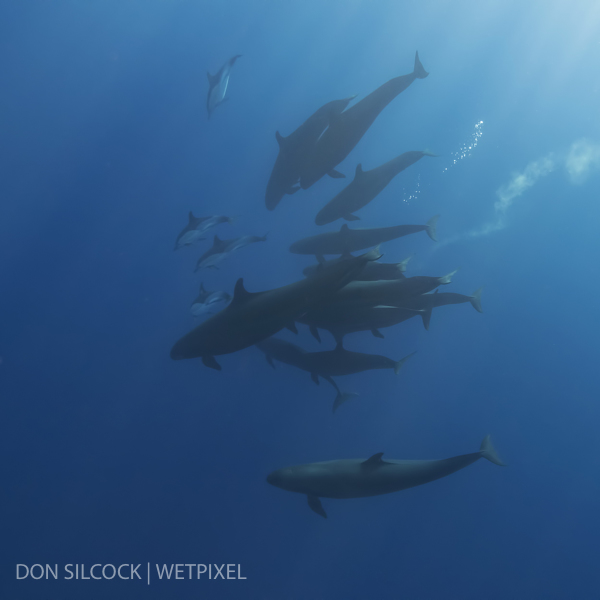
My first real chance to test the D500’s auto-focus came a couple of days later when we had a two-hour encounter with False Killer Whales. These oceanic dolphins are the fastest creatures I have ever personally been in the water with and my previous attempts to photograph them in Tonga using an Olympus OM-D E-M1 failed miserably and was the main reason I sold that camera…
But in the Azores I was able to aim and lock the focus on the head of a fast approaching False Killer and the D500 tracked it as it came in firing at 10 frames per second without missing a beat!
The other significant test of the D500’s auto-focus system in the Azores was the Blue Shark dives at the northern end of the large channel that separates the islands of Pico and Faial.

These large pelagic sharks are brought up from the deep offshore waters by chumming and the dives are conducted by hanging on a line beneath the dive boat while the sharks circulate around you.
They are very inquisitive and come in really close to check you out and do so at a pace sufficient to test the auto-focus, but again I could lock on the shark’s eye and let the D500 do the rest!
Specific Technique
I tried and stayed with two specific techniques with the D500 while in the Azores. First of all, when snorkeling with the various whales I used center weighted metering with aperture priority and an aperture of f11 with the camera set to auto ISO, but limited the minimum shutter speed to 1/200 so I would be in the lenses sweet spots, have good depth of field while still freezing the action.
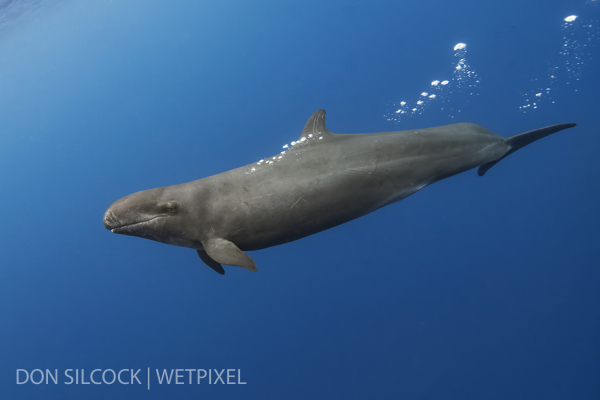
The downside being that I would end up with high ISO if shooting down in to the blue and indeed on occasions I ended up at ISO’s up around 4000 and higher, however the resulting noise was manageable in post-processing and I felt that the end justified the means.
With the Blue Sharks I used manual exposure with spot metering, but kept he f11 and 1/200 settings and adjusted the ISO to get the background exposure and the strobe power so as not to overexpose the sharks.
With both techniques, I was using 153-point dynamic area auto-focus (d153) and the camera was set to AFC for continuous focus tracking which, as previously explained, I felt worked really well.
Initial Conclusions
Overall I am very pleased with my migration back to the DX format as I am now confident I have a camera that will allow me to truly capture big animal action when it happens and I just did not feel that way about the D800 – which was and still is a great camera, but is more suited to landscapes above the water and seascapes below it.
The D500’s auto-focus is everything I had read about and is quite amazing technology, plus the buffer when using the high-performance (Sony G Series) XQD memory cards is equally amazing.
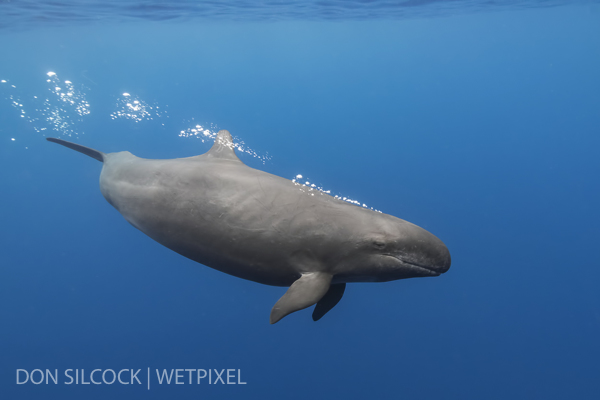
The Tokina 10-17 and 11-16 zooms performed very well when kept in their f11 sweet spots behind the Zen 230mm dome and I am confident of getting good results with the 10-17 behind the dedicated Zen 100mm dome when I do get to use it.
The image quality of the D500 is very pleasing and the sensor seems to handle highlights very well and as such I am a happy Nikon camper right now, but would I recommend a similar migration to others?
Well… if you need that auto-focus and high-speed buffer performance, absolutely yes because the only other way to get anything similar in the Nikon world would be to sell one of your kidneys and get a D5.
But…. if you don’t actually need that high-speed stuff then the D7200 is a great camera for underwater photography and the chances are that if you wait a while Nikon will cascade some of the D500’s advanced functionality down in to the D7300 when it is eventually released.
Important:
All images above taken under a special permit granted by the Regiao Autonoma Dos Acores, Secretaria Regional do Mar, Ciencia e Tecnologia Direcao Regional dos Assuntos do Mar under the authorization number 12-0RAC-2016 issued by the Government, on 25-07-2016.
Don Silcock
Don’s website www.indopacificimages.com has extensive location guides, articles and images on some of the best diving locations in the Indo-Pacific region.